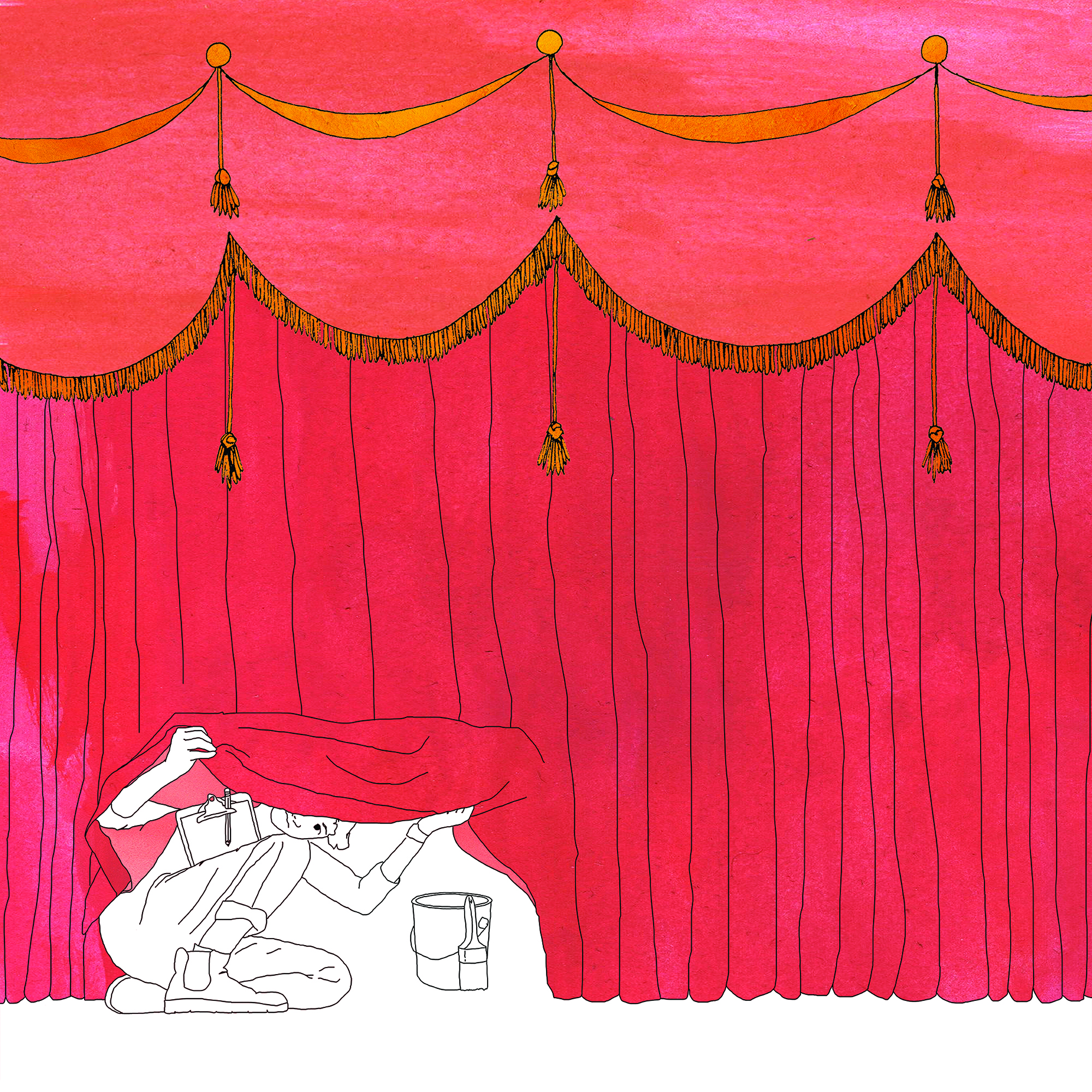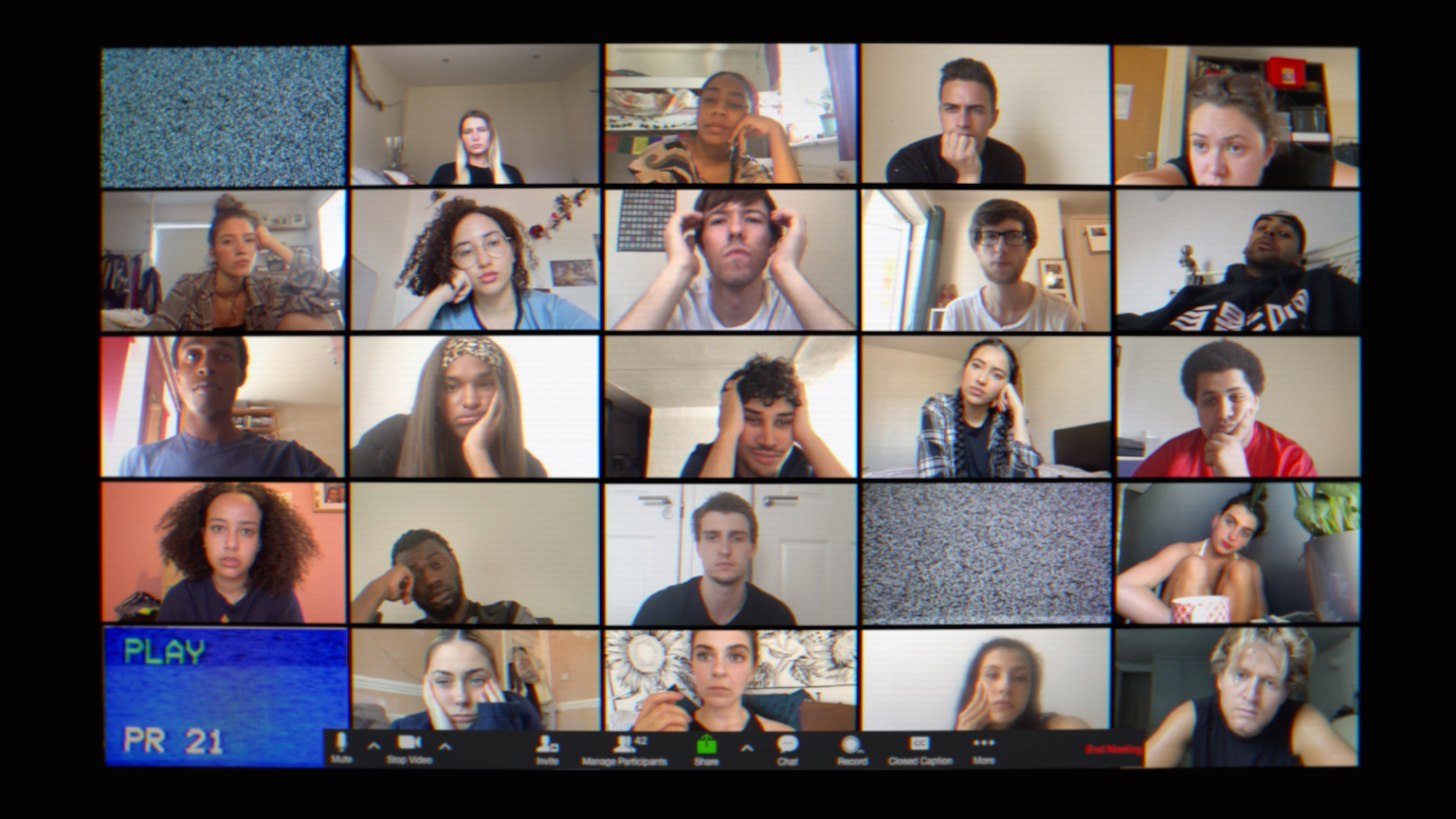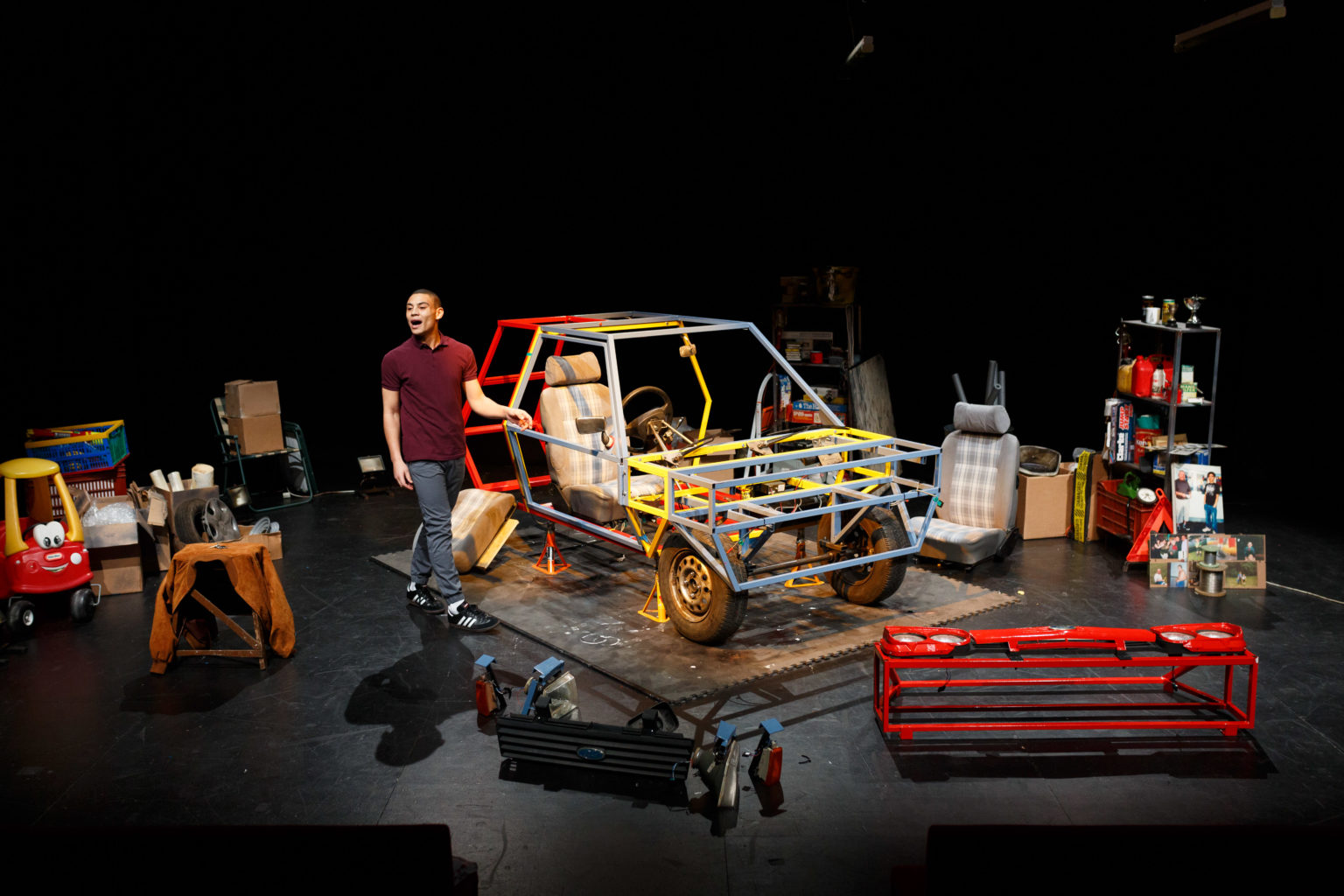
Those who love the theatre appreciate its capacity for world-building and imagination, transporting audiences far beyond the four corners of the stage. Now, the industry is having to do some hard creative thinking of its own. Many of those who work in-house have been made redundant in the wake of the pandemic, while the numerous freelancers who bolster these staff have been left without work. Backstage theatre industries face not just a crisis of opportunity if audiences are reluctant to return, but also existential questions around what digitisation and underfunding might do for their craft. All are waking up to a radically changed new world.
The National Youth Theatre’s Tiny Dancers, premiered in the last week of July, was one of the first pieces of original theatre to emerge in the UK during the pandemic. Instead of the stage it hit screens via YouTube, its unusual format testament to the unprecedented conditions under which it was created. Hastily written by playwright and poet Isley Lynn especially for a locked-down cast, the piece is made up of pre-recorded video sketches stitched together—from a couple’s messy fight to moments of tender family consolation.
Before the lockdown, the cast had been looking forward to performing an original play at London’s Pleasance Theatre. It was to be an opportunity for family, friends and industry figures to enjoy the culmination of their hard work over the ten month programme. “They were, understandably really, really disappointed,” says Grace Lewis, the company stage manager of Tiny Dancers. With the digital alternative, “a lot of them didn’t understand what we were trying to do with replacing the show, so they initially felt a bit cheated.”
But director Milli Bhatia persisted, striving to imitate the rehearsal process using Zoom. Backstage, designers were replaced with video editors; TV actors were brought in to offer guidance on lighting and self-recording. Typically, a stage manager oversees a show’s infrastructure and performance logistics; their job description is an unending checklist of crisis-management, scheduling, technical support and ego-massaging. When Tiny Dancers moved online, Lewis’ role was initially undefined, though she quickly settled into the day-to-day routine of logging and co-ordinating video recordings, and offering pastoral support to sceptical actors.
“A lot of them didn’t understand what we were trying to do with replacing the show, so they initially felt a bit cheated”

The show was eventually watched by over 2,500 people, far more than would have been able to visit in-person—albeit without the revenue. It came together, Lewis explains, because the team refused to view the digital world as an inferior working environment. The practitioners were given an opportunity to showcase what many see as the theatre industry’s most enduring qualities: adaptability and optimism. “At no point did I think that this would stop people being creative,” Lewis says of the process.
Many in the world of theatre share this conviction in their craft, but the reality paints a bleak picture of their professional futures. Lewis was one of the lucky members of the thousands of backstage staff whose job prospects have been decimated by the pandemic. Julian Bird, Chief Executive of UK Theatre and Society of London Theatre stated in June that “around 70 percent of our workforce are self-employed or freelancers. A large proportion of those are missing out on any support at all at the moment from the self-employed scheme.”
Roni Neale, a freelance stage manager, believes that working conditions have long been in need of reform. Backstage roles are often combined to cut costs and suit limited budgets, exacerbating a culture of long hours and poor pay, as well as issues around hiring, transparency and on-project mental health support. “I think stage managers are going to be the last people let back in the building,” says Neale.
“We’re going to be the ones who companies try to cut costs on. Because you need actors and you need directors: you need creative people. Everybody thinks that they can do stage management on their own. And, obviously, they can’t.” Neale cites a recent job advert that combined the roles of assistant stage manager and front of house—effectively asking for the successful candidate to be backstage and in front of the audience simultaneously. The narrative of theatre people as resourceful and energetic is often manipulated to justify these extreme demands.

“We deserve as much care and attention as the theatres themselves”
Solidarity between workers has increased during the lockdown period. Designer Katie Scott has been involved with newly founded collective The Alliance of Associations and Professionals for Theatre and Live Events. The group brings together industry bodies representing designers, producers, engineers and directors, with the aim of lobbying for an improved workplace culture within an industry dominated by casualised staff. “There’s a really sticky part of freelancing where we all feel scared; if you’re the person who speaks up, what if you don’t work again? But we’re all challenging it now: we need to be heard and recognised as an entire workforce. We deserve as much care and attention as the theatres themselves.” Health and safety and job security are top of the agenda.
Sustainability is another key concern, especially in set design, where new materials are purchased for shows that can last just a few days. Cost-cutting will mean designers and directors reaching for existing props, costumes and staging, Scott predicts. “I think that we have a duty as artists to reflect what’s happening in the world,” she says. Going forward, the overall quality of the sets will be affected, she says, especially around visual impact. “I don’t think we’ll see the grand new exciting designs that we could do two or three years ago; theatre will be stripped back for a while.”
Lewis maintains that Tiny Dancers demonstrated theatre makers’ ability to turn their hand to video and be just as effective as specially trained technicians, but one wonders whether this would be the case should digital performances become the norm. Given the constraints of remote learning, that drama schools will now further incorporate acting for TV and film into their courses is inevitable, but the specificity of backstage skillsets could be gradually eroded. “If we can turn around and illustrate how we can be sustainable going forward, then ultimately, we can become more relevant,” Scott says. Neale agrees that change is needed, but is adamant about the fundamentals of the form: “Ultimately, theatre is about a group of people coming together and sharing a live experience,” they say.

“There’s a really sticky part of freelancing where we all feel scared; if you’re the person who speaks up, what if you don’t work again? ”
If, as expected, the schedules of touring shows are substantially cut in the coming months, then community theatre could be a welcome beneficiary. Applecart Arts, a theatre and performance company based in Newham, East London, have used their video recording equipment extend its scope and audience. Their first live streamed show was viewed by 6,000 primary school children across the UK for just £1 each. The company is also piloting a new ticketing model, whereby theatres use their social media and press infrastructure to sell tickets to Applecart’s upcoming festival. By taking a cut of each ticket sold through their sites, these theatre venues receive some much-needed revenue.
Will Alder, a producer at Applecart, notes a general move towards creative conservatism, which is often the natural reaction to underfunding. “A lot of the bigger venues are currently playing safe: they’re getting the likes of Matt Smith [formerly of Doctor Who] and Michael Sheen to come in and and do the live streamed shows, because they know that they can sell the tickets,” he points out. In times of austerity, experimentation and diversity tend to lose out.
Despite an industry rallying together like never before, the overwhelming feeling among backstage theatre makers is one of uncertainty. Like much of the arts, social distancing is the decisive factor: with it in place, there is no hope of a return to normality. But even when audiences do come back to theatres, change is needed far beyond the stalls. Stage managers, designers and technicians anticipate a major reckoning on the entrenched hierarchies and inequalities of the theatre. For many, it is increasingly clear that they have little choice but to reform if they are to have any hope of saving their craft.




